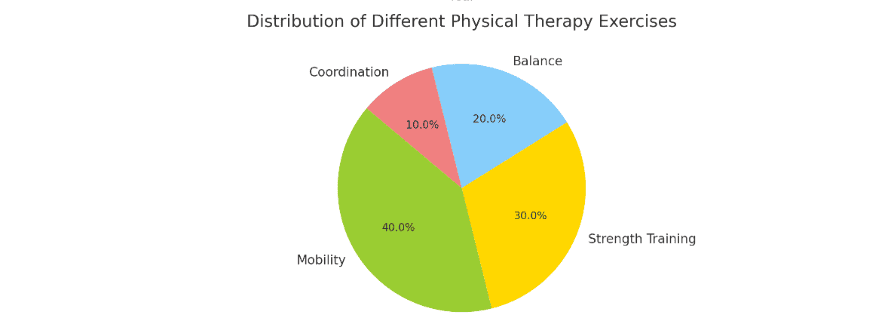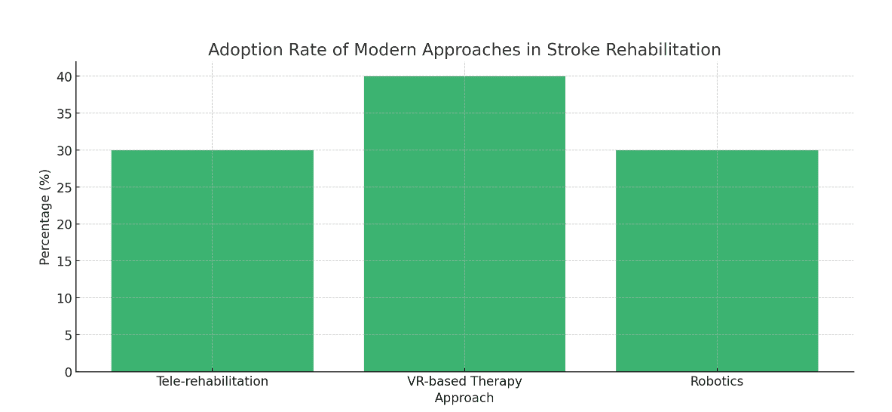Strokes are a leading cause of disability worldwide, significantly impacting an individual’s mobility and independence. However, with the right rehabilitation strategies, such as physical therapy for stroke recovery, there’s hope for improvement. This guide delves into the transformative role of such therapies in assisting stroke survivors to regain their lost abilities and enhance their quality of life.
Understanding Stroke
A stroke results from an interruption in the brain’s blood supply, either due to a clot obstructing the flow or a blood vessel rupture. This cessation of blood supply leads to the death of brain cells, manifesting in a spectrum of physical and cognitive challenges.

Signs and Symptoms
- Face drooping
- Arm weakness
- Speech difficulties
- Severe headache
- Dizziness
- Loss of balance or coordination
Timely medical intervention is crucial when these symptoms are observed, as it can minimize brain damage and enhance recovery chances.
Diagnostic Tests
- Physical examination
- CT scan or MRI imaging tests
- Blood tests
- Evaluation of the patient’s medical history
The Importance of Stroke Rehabilitation
Rehabilitation post-stroke is not just about physical recovery; it’s about restoring the individual’s quality of life. The rehabilitation process includes:
- Physical therapy
- Occupational therapy
- Speech therapy
- Psychological support
Stroke Cases Over the Years:
- This bar graph shows the number of stroke cases over a span of five years. The trend indicates a steady increase in the number of cases.
- Additionally, the line graph overlay indicates the percentage of stroke survivors who underwent physical therapy. There’s a consistent rise in this percentage, emphasizing the growing recognition of the importance of physical therapy.

Distribution of Different Physical Therapy Exercises:
The pie chart breaks down different types of exercises prescribed during physical therapy. From our mock data, mobility exercises are the most common, followed by strength training, balance, and coordination exercises.

Adoption Rate of Modern Approaches in Stroke Rehabilitation:
This bar graph highlights the popularity or adoption rate of various modern approaches in stroke rehabilitation. The rates are relatively equal among tele-rehabilitation, virtual reality-based therapy, and robotics, showcasing the diverse methods being employed in contemporary therapy.

The Function of Physiotherapists in Recovering from a Stroke
Physical therapists emerge as the backbone of stroke rehabilitation. Their responsibilities encompass:
- Assessing the patient’s impairments and limitations
- Developing personalized treatment plans
- Collaborating with other healthcare professionals
Starting Physical Therapy after a Stroke
The sooner the therapy starts post-stroke, the better the outcomes. Key steps include:
- Conducting a comprehensive assessment
- Collaborating with caregivers
- Setting realistic rehabilitation goals
Analyzing and Reviewing Physiotherapy Approaches for Stroke Survivors
Physical therapists employ a myriad of techniques to gauge a patient’s abilities, such as:
- Assessing motor functions
- Evaluating balance and coordination
Customized Treatment Plans for Stroke Patients
Every stroke survivor’s journey is unique, necessitating tailored treatment plans. Physical therapists:
- Conduct thorough assessments
- Design exercises targeting specific challenges
- Collaborate with other healthcare professionals for holistic care
Balance and Coordination Training for Stroke Patients
To restore mobility, therapists emphasize:
- Weight-shifting exercises
- Proprioception training
- Dynamic balance tasks

Walking Technique Coaching and Enhancing Movement for Those Recovering from Stroke
Walking post-stroke symbolizes a significant recovery milestone. Therapists aid with:
- Proper posture training
- Weight shifting techniques
- Step length training
Advanced Therapeutic Techniques
Constraint-Induced Movement Therapy (CIMT) for Stroke Patients:
Based on neuroplasticity principles, CIMT involves restraining the unaffected limb and intensively training the affected one.
Mirror Therapy for Stroke Rehabilitation:
This innovative technique utilizes the concept of mirror neurons to stimulate the brain and foster neural plasticity.
Assistive Devices and Technologies for Stroke Patients:
Ranging from traditional canes to cutting-edge robotic exoskeletons, these devices bolster stroke patients in their rehabilitation journey.
Aquatic Therapy for Stroke Rehabilitation:
Water-based exercises provide a therapeutic milieu for stroke survivors, promoting movement and hastening recovery.

Tackling Mental and Emotional Hurdles in Physiotherapy Sessions
Beyond physical recovery, physical therapy addresses cognitive and emotional challenges. Therapists:
- Provide memory exercises
- Offer problem-solving tasks
- Train attention skills
- Foster emotional well-being
Conclusion
In sum, physical therapy plays a critical role in stroke recovery, helping individuals regain function and independence after a stroke. Physical therapy can improve quality of life and help individuals achieve their personal goals, so it is important to work with a physical therapist to develop a customized treatment plan.
If you or someone you know has suffered a stroke and is in need of physical therapy, we encourage you to visit Kinito Physical Therapy’s website. Our team of experienced therapists can provide personalized treatment plans to help you regain function and independence. Above all, don’t let a stroke hold you back from living your life to the fullest. Contact us today to schedule an appointment and begin your journey to recovery.
